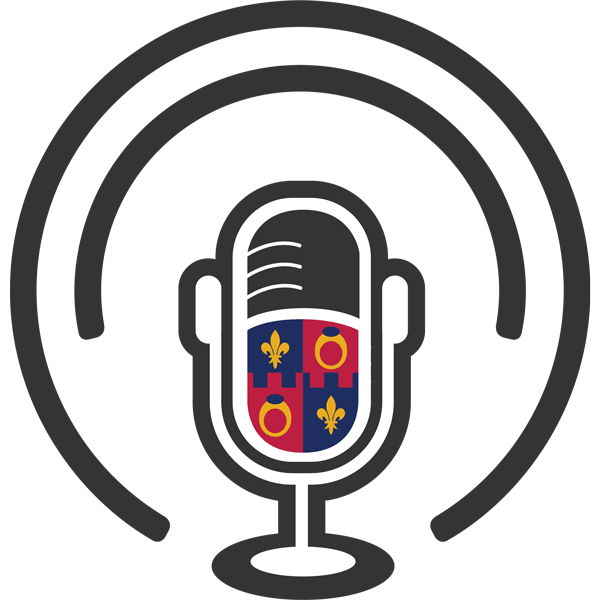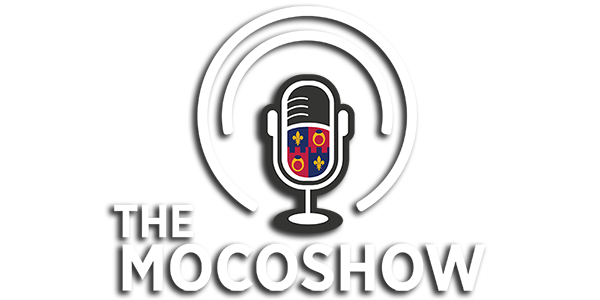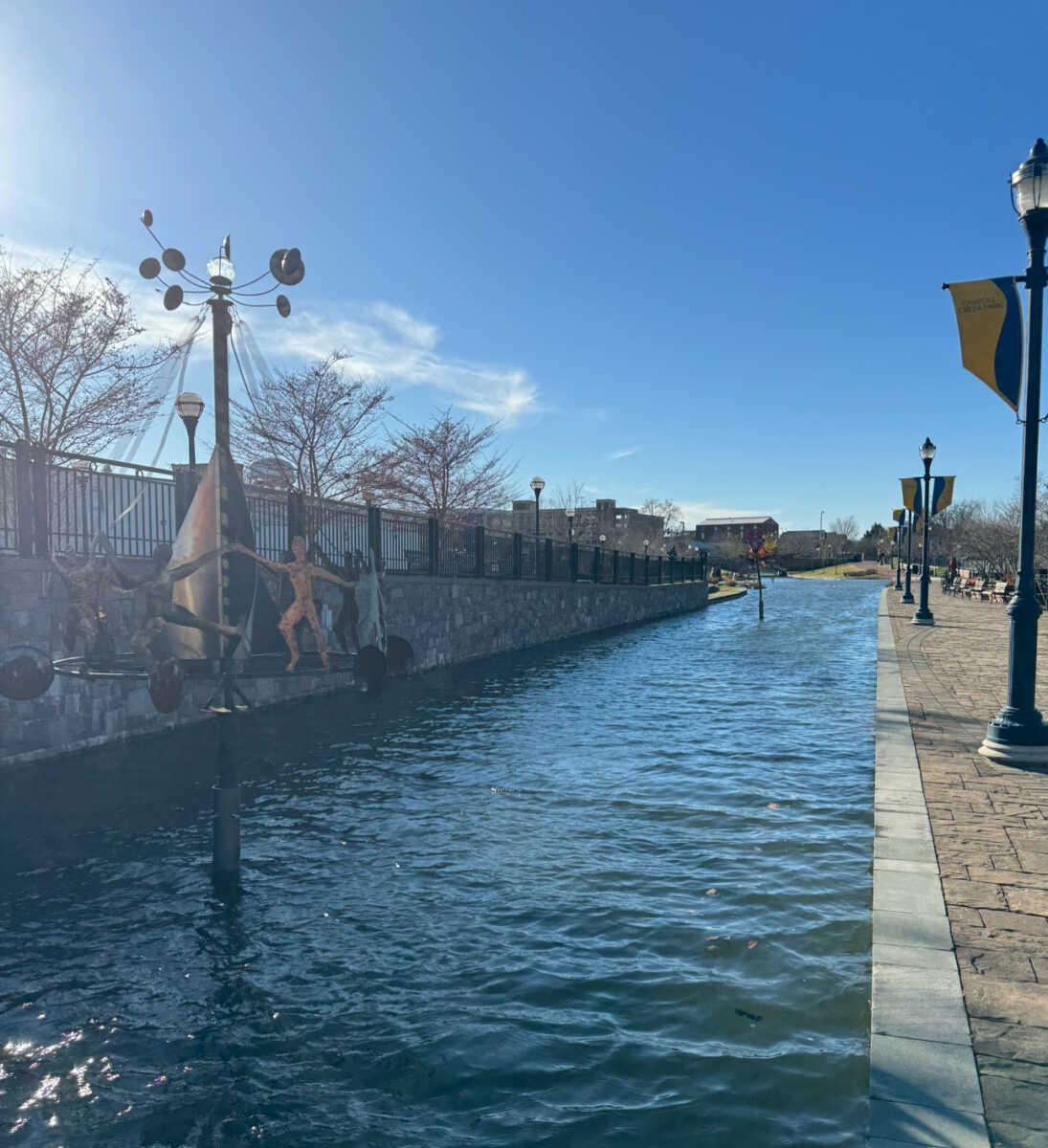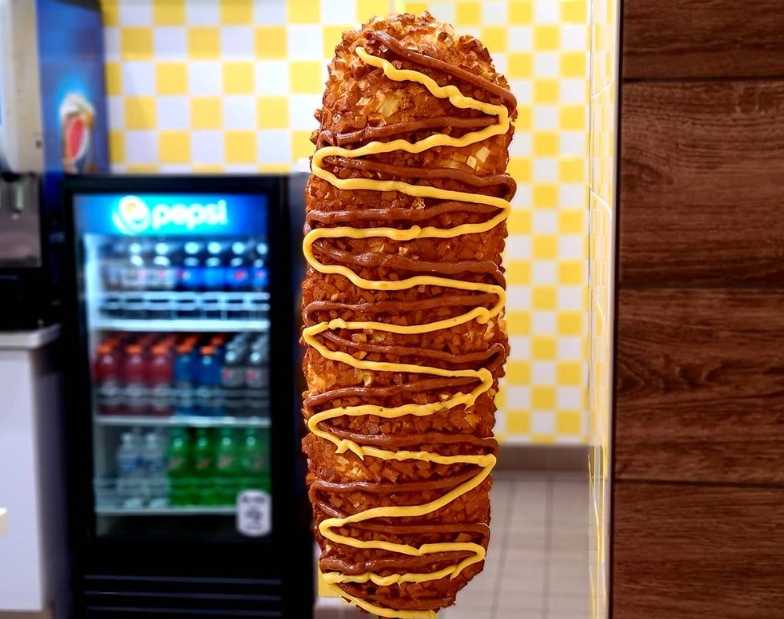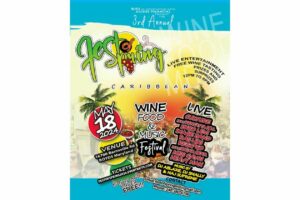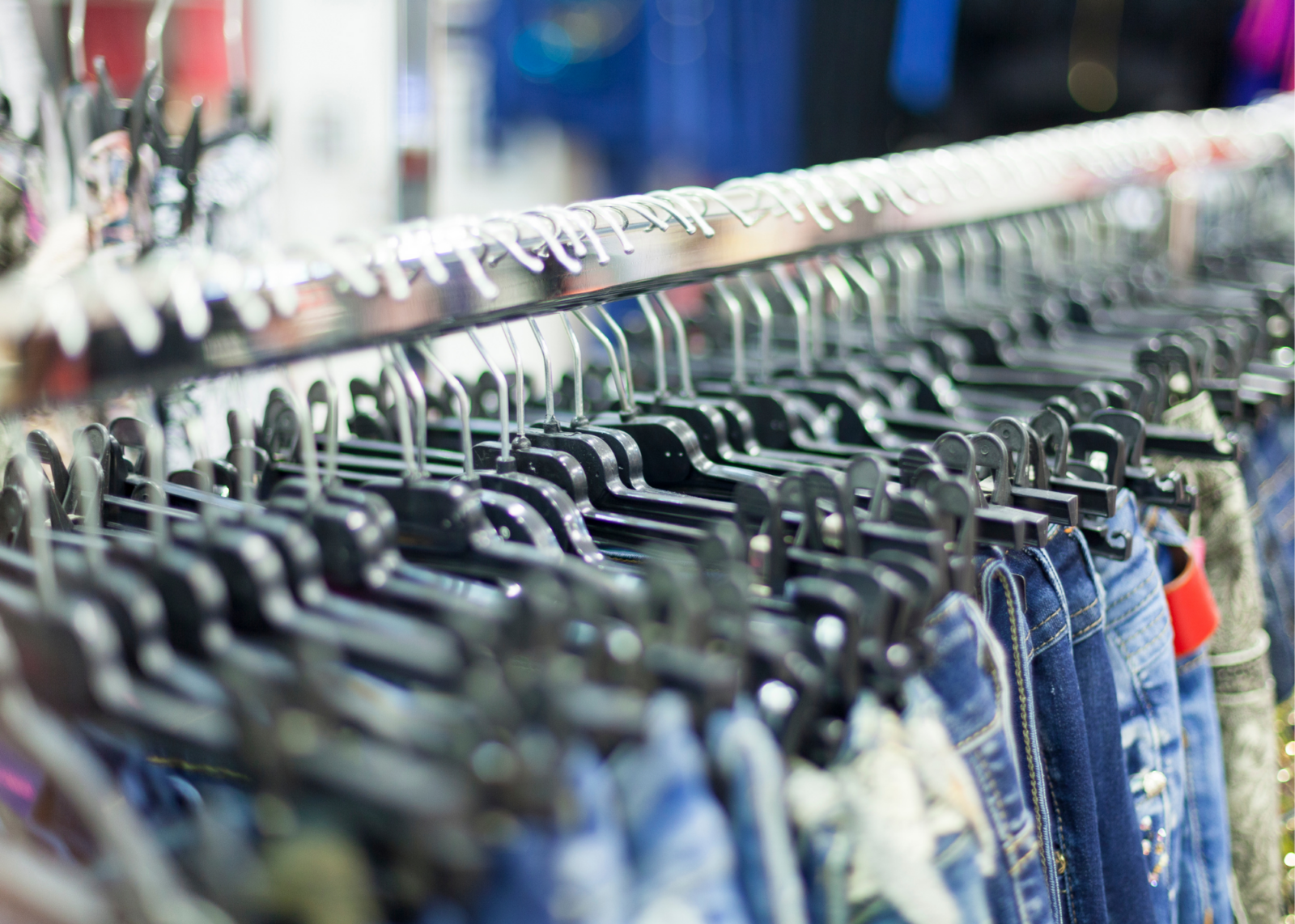
Shop Maryland Tax-Free Week Begins This Sunday
Beginning Sunday August 8 and ending on Saturday August 14, qualifying clothing and footwear priced $100 or less, as well as the first $40 in backpack/book bags, will be exempt from Maryland’s six percent sales tax.
You can see a full list of exempt items on the Comptroller’s Website at www.marylandtaxes.gov,
From the Comptroller:
Definitions for the Shop Maryland Tax-Free Week
“Clothing or footwear” means an article of apparel designed to be worn on or about the human body.
Exempt Sales
The sales and use tax is not due on the sale of a qualifying article of clothing or footwear if:
• The sales price of the article is $100 or less; and
• The sale takes place during a period beginning he second Sunday in August and ending at 12 midnight on the following Saturday.
The exemption applies to each qualifying item selling for $100 or less, regardless of how many items are sold at the same time. For example, if a customer purchases two shirts for $80 each, both items qualify for the exemption, even though the customer’s total purchase price ($160) exceeds $100.
Taxable Sales
The exemption does not apply to:
• Accessory items, even if they are priced at $100 or less;
• The first $100 of a more expensive single article or set (as in a suit) of clothing or footwear. For example, if a customer buys a pair of pants costing $110, sales tax is due on the entire $110;
• Any special clothing or footwear primarily designed for protective use or not intended for everyday use.
Example: football pads are primarily designed for protective use and are not normally worn except when used for that purpose and therefore do not qualify for the exemption;
• Taxable services performed on clothing or footwear, such as alterations.
Example: sales tax is due on alterations to clothing, even though the alterations may be sold, invoiced, and paid for at the same time as the clothing being altered;
• If a customer purchases a pair of pants for $90 and pays $15 to have the pants cuffed, the $90 charge for the pants is exempt, but tax is due on the $15 alterations charge; and
• Purchases of items used to make or repair clothing or footwear, including fabric, thread, yarn, buttons, snaps, hooks, and zippers.
Specific Situations and Examples
Articles Normally Sold as a Unit
Articles normally sold as a unit must be sold that way during the sales tax holiday. They cannot be priced separately and sold as individual items to qualify for the exemption. However, components normally priced as “separates” may still be sold as separate articles and any piece that is $100 or les will qualify for the exemption.
Example: if a pair of shoes sells for $150, the pair cannot be split and each shoe sold for $75 to qualify for the exemption. If a suit is normally priced at $225 on a single price tag, the suit cannot be split into separate articles so that any of the components may be sold for $100 or less to qualify for the exemption.
Sales of Sets Containing Both Exempt and Taxable Items
When exempt clothing or footwear is sold together with taxable merchandise as a set or single unit, the full price is subject to sales tax unless the price of the exempt clothing or footwear is separately stated.
Example: if a boxed gift consisting of a shirt (otherwise exempt) and tie (taxable) is sold for a single price of $80, the full price of the boxed gift set is taxable because the tie is taxable and the sale price of the shirt is not separately stated.
When exempt clothing is sold in a set that also contains taxable merchandise as a free gift and no additional charge is made for the gift, the exempt clothing qualifies for the exemption.
Example: A boxed set contains a shirt and a free handkerchief. If the set sells for $50 and the price of the same shirt sold separately is $50, the item being sold is the shirt, and the boxed set is exempt from the tax.
Discounts and Coupons
Discounts
If a retailer offers discounts to reduce the price of an eligible item to $100 or less, the item will qualify for the exemption.
Example: A customer buys a $150 dress and a $110 blouse from a retailer offering a 10 percent discount. After applying the 10 percent discount, the final sales price of the dress is $135, and the blouse is $99. The dress is taxable because the price is more than $100, and the blouse is exempt because the price is less than $100.
Coupons
When retailers accept coupons as a part of the selling price of a taxable item, the value of the coupon is excludable from the tax as a cash discount, unless a third party reimburses the retailer for the amount of the coupon (a manufacturer’s coupon).
Example: A customer buys a pair of shoes priced at $110 with a retailer’s coupon worth $10 off. The final sales price of the shoes is $100. Since the retailer issued the coupon and is not reimbursed by a third party, the shoes qualify for the exemption.
Example: If a customer purchases a pair of shoes priced at $110 with a manufacturer’s coupon worth $10 off, the consideration paid for the pair of shoes is $100, but the shoes do not qualify for the exemption as a third party coupon was redeemed.
Absorption of the Sales Tax
A vendor may assume or absorb all or any part of the sales and use tax on a retail sale and pay that tax on behalf of the buyer. The vendor must, however, continue to separately state the tax from the sales price at the time of the sale to the purchaser. If the vendor absorbs all or any part of the tax on the sale, the vendor shall pay the tax with the return that covers the period in which the vendor makes the sale.
Buy One Get One Free or for a Reduced Price
The total price of items advertised as “buy one get one free” or “buy one get one for a reduced price” cannot be averaged to qualify both items for the exemption. The application of the exemption depends on the actual price paid for the item.
Example: A retailer advertises pants as “buy one get one free.” The first pair of pants is priced at $120 and the second pair is free. The tax is due on the $120. Having advertised that the second pair is free, the store cannot ring up each pair of pants for $60 to qualify both for the exemption. However, if the retailer advertises and sells the pants for 50 percent off, selling each pair of $120 pants for $60, each pair of pants qualifies for the exemption.
Example: A retailer advertises shoes as “buy one at the regular price, get a second pair for half price.” The first pair of shoes is sold for $120 and the second pair is sold for $60. Tax is due on the $120
pair of shoes, but not on the $60 pair. Having advertised that the second pair is half price, the store cannot ring up each pair of shoes for $90 so the items qualify for the exemption. However, if the retailer advertises the shoes for 25 percent off, thereby selling each pair of $120 shoes for $90, each pair qualifies for the exemption.
Rebates
Rebates occur after the sale and do not affect the sales price of an item for purposes for the sales tax holiday period exemption.
Example: A customer buys a sweater for $110 and sends for and later receives a $12 rebate from the manufacturer. The retailer should collect tax on the $110 price of the sweater.
Layaway Sales
A layaway sale is a transaction in which merchandise is set aside for future delivery to a customer who makes a deposit, agrees to pay the balance of the purchase price over a period of time, and, at the end of the payment period, receives the merchandise. Under Maryland law, the sale is made when the layaway agreement is entered into, and so qualifying items placed on layaway during the sales tax holiday period are exempt.
Example: A customer puts ten items of qualifying children’s clothing, each costing $100 or less, on layaway during the sales tax holiday period. The customer completes the layaway and receives the merchandise after the sales tax holiday period. The total purchase is exempt from the tax.
Rain Checks
Eligible items purchased during the sales tax holiday period using a rain check qualify for the exemption regardless of when the rain check was issued. However, if a rain check for an exempt item is issued during the sales tax free period, the purchase is exempt only if the rain check is redeemed during the Sales Tax Holiday period. If it is redeemed later, the purchase is not exempt.
Exchanges
If a customer buys an eligible item during the exemption period and later exchanges it for the same item (different size, different color, etc.) tax is not due even if the exchange is made after the sales tax holiday period.
Example: A customer buys a $35 shirt during the exemption period. After that period, the customer exchanges the shirt for the same shirt in a different size. Tax is not due on the $35 price of the shirt received in the exchange.
If a customer buys an eligible item during the exemption period and returns the item after that period for credit on the purchase of a different item, the sales tax applies to the sale of the newly purchased item even if it would have eligible for the exemption during the sales tax holiday period.
Example: A customer purchases a $35 shirt during the exemption period. After the exemption period, the customer exchanges the shirt for a $35 jacket. Because the jacket was not purchased during the exemption period, tax is due on the $35 price of the jacket.
If a customer buys an eligible item before the exemption period and returns it during that period for credit on the purchase of a different eligible item, sales tax is not due on the sale of the new item if it is purchased during the sales tax holiday period. However, the credit cannot be used to reduce the price of an item costing more than $100 to make it eligible for the exemption.
Example: During the sales tax holiday period, a customer buys a $60 dress. Later, during that period, the customer exchanges the $60 dress for a $95 dress. Tax is not due on the $95 dress because it was also purchased during the sales tax holiday period and otherwise qualifies for the exemption.
Example: During the exemption period, a customer buys a $90 dress that qualifies for the exemption. Later during the exemption period, the customer exchanges the $90 dress for a $150 dress. Tax is due on the $150 dress. The $90 credit from the returned item cannot be used to reduce the sales price of the $150 item to $60 for exemption purposes.
Returned Merchandise
For a 30-day period after the sales tax holiday period, when a customer returns an item purchased
during the period that would have qualified for the exemption, retailers may not refund or credit the
sales tax unless the customer provides a receipt or invoice showing tax was paid or unless the retailer can document that tax was paid on the specific item. This 30-day period is set solely to designate a time period during which the customer must provide documentation showing that sales tax was paid on returned merchandise. The 30-day period is not intended to change retailers’ policies concerning the time period during which they will accept returns.
Online Internet Orders, Mail, Telephone, E-mail, and Custom Orders
A sale of tangible personal property occurs when title or possession of the property is transferred in exchange for consideration. Therefore, an eligible item may qualify for this exemption if:
• The item is both paid for by the customer and delivered to the customer during the exemption period or;
• The customer orders and pays for the item and the retailer accepts the order during the exemption period for immediate shipment, even if delivery is made after the exemption period.
An order is for immediate shipment when the customer does not request delayed shipment, even if other factors, such as a backlog of orders or unavailable stock, cause the delay.
Shipping and Handling Charges
Separately stated shipping or delivery charges are not included in determining the sale price of otherwise eligible items.
Example: A customer orders a jacket for $95 during the exemption period. An additional shipping charge of $6 is separately stated on the bill. The shipping charge is not included in the price subject to the tax and the price of the jacket is, therefore, $95 and qualifies for the exemption.
However, a combined shipping and handling charge is legally considered as part of the sales price of an item, even if the combined charge is separately stated from the price of the item. These charges must be added to the price of eligible clothing or footwear to determine if the price of the item is $100 or less.
Example: A customer orders a jacket for $95 during the exemption period. A shipping and handling charge of $6 is added to the bill. The sales price of the jacket is $101 and tax is due on the full sales price.
If more than one item is shipped on a single invoice, the separately stated combined shipping and handling charge must be proportionately allocated to each item ordered and separately identified on the invoice, based on the price of each item.
Example: A customer orders a suit for $285 and a shirt for $95. The shipping and handling charge is $15. The $15 charge must be proportionately and separately allocated between the items: $285/$380 = 75 percent; therefore, 75 percent of the $15 shipping and handling charge, or $11.25, must be allocated to the
suit, and separately identified on the invoice. The remaining 25 percent of the $15 shipping and handling charge, or $3.75, must be allocated to the shirt, and separately identified on the invoice. The sales price of the shirt is $95 plus $3.75, totaling $98.75; therefore, the shirt qualifies for the exemption.
Refunds
Retailers are encouraged to refund the tax to any customer who was charged the sales tax on an exempt item. Customers who were charged the tax by a retailer for exempt purchases should take their tax paid receipt to the retailer for refund.
If the retailer has not already remitted the tax to the Comptroller, the retailer should simply refund the tax to the customer. If the retailer has remitted the tax to the Comptroller, the retailer should refund the tax to the customer and then take a credit for the tax refunded on the retailer’s sale and use tax return.
Documenting Exempt Sales
Retailers’ records must clearly identify the type of item sold, the date it was sold, and the sales price. The Comptroller will not require any special reporting procedures to report exempt sales made during the sales tax holiday period. Sales should be reported as currently required by law.
For the deaf and hard of hearing: TTY users can call via Maryland Relay at 711 in Maryland.
If you need a reasonable accommodation for a disability, please contact us before you visit.
If you need the information in this publication in an alternate format, contact the Comptroller’s Office.
Recent Stories
FEST OF SPRING Caribbean Wine Food & Music Festival
Get ready to experience the vibrant colors, tantalizing flavors, and infectious rhythms of the Caribbean at the FEST OF SPRING Caribbean Wine Food & Music Festival! Hosted by RHU LLC, this exciting festival is set to take place on May 18, 2024, at the picturesque 16700 Barnesville Rd in Boyds, MD.
Step into a world where the Caribbean spirit comes alive! From 12:00 PM onwards, immerse yourself in a sensory journey that celebrates the unique culture, cuisine, and music of the Caribbean. Whether you're an African American, a Reggae or Soca music enthusiast, a wine lover, or part of the vibrant Caribbean diaspora, this festival promises to delight and captivate you in every way.
Let the enticing aromas of mouthwatering Caribbean dishes tantalize your taste buds. Feast on traditional delicacies prepared by expert chefs, showcasing the rich and diverse culinary heritage of the Caribbean. Indulge in flavorful jerk chicken, succulent seafood, and delectable plantain dishes that will transport you straight to the islands.
Accompanying the culinary extravaganza is a carefully curated selection of premium wines, ensuring the perfect pairing for your palate. Sip on fine wines from renowned vineyards, each sip a reflection of the Caribbean's vibrant spirit. Discover new flavors, expand your wine knowledge, and savor unforgettable moments with every glass.
As the sun sets, get ready to groove to the infectious rhythms of Caribbean music. Feel the pulsating beats of reggae, soca, dancehall, and calypso, moving your body to the lively melodies. Live performances by talented musicians and performers will keep the energy high, ensuring a night of unforgettable entertainment.
Don't miss this opportunity to embrace the Caribbean spirit and celebrate the arrival of spring in style! Tickets are available on AllEvents, so secure your spot today. Join us at the FEST OF SPRING Caribbean Wine Food & Music Festival, where cultures collide and unforgettable memories are made.
LIVE PERFORMANCES By: CULTURE Feat. Kenyatta Hill, EXCO LEVI, IMAGE BAND, RAS LIDJ REGG'GO with Special Guest SUGAR BEAR FROM E.U. & MORE! & MORE!
MUSIC By: DJ ABLAZE, DJ SMALLY & NAJ SUPREME
2 NIGHT Camping packages available: RV/CAMPER $200 | TENTS $150 Starting on Friday May 17 @ 5pm | 30 RV SPACES | 30+ TENT SPACES
KIDS 12 & UNDER FREE!!!
